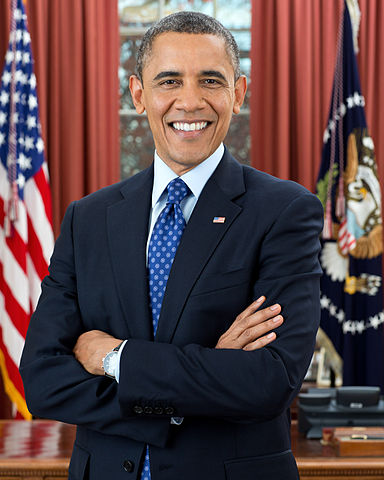President vs Prime Minister
The distinction between a President and a Prime Minister varies according to the governing structure of each country. The relationship between the two positions can differ greatly, depending on the political structure in place. In some countries, the President is the most powerful head of state, while in others, the President may only be a ceremonial figurehead. The same can also be true for Prime Ministers. The election process for both positions can also greatly impact who holds the most power in any given nation. To better understand these differences, it is helpful to examine examples of various countries and their political systems.
Who is a President?
In some countries, the head of government is a President. For example, the United States has a Presidential form of democracy, where there is no Prime Minister and the President holds all the power. Although the President is responsible for the actions of the government, there is a system of checks and balances in place to maintain accountability. The President is directly elected by the people, meaning that they cannot be removed from office by the Senate or Congress unless serious charges are brought against them. The President has the authority to appoint ministers and has been known to choose individuals from various political parties based on their abilities.
In countries with a President in place, Prime Ministers often hold less power. In France, for example, the President must appoint a Prime Minister, but typically chooses someone from their own political party who remains loyal and holds less influence in governance.
Who is a Prime Minister?
In other countries, the Prime Minister is the head of state. To understand how a powerful Prime Minister operates, we can look at India. The nation has a parliamentary system of democracy modeled after Britain, where neither the Prime Minister nor the President is directly elected by the people. The President is the head of state, while the Prime Minister is the head of government. The President is chosen by a college of electorates, while the Prime Minister is appointed by the President from the party holding the majority in the lower house of Parliament. In India, the President is a ceremonial head, while all executive powers are vested in the Prime Minister.
In the United Kingdom, there is no President, and the Prime Minister is appointed by the Queen, who serves as the ceremonial head of government. All the power of governance lies with the Prime Minister.
Key Takeaways
- The distinction between a President and a Prime Minister depends on the governing structure of each country.
- In some countries, the President is the dominant figure, while in others, the Prime Minister holds more power.
- The election process for Presidents and Prime Ministers can greatly impact the relationship between the two positions and the balance of power within a nation.
